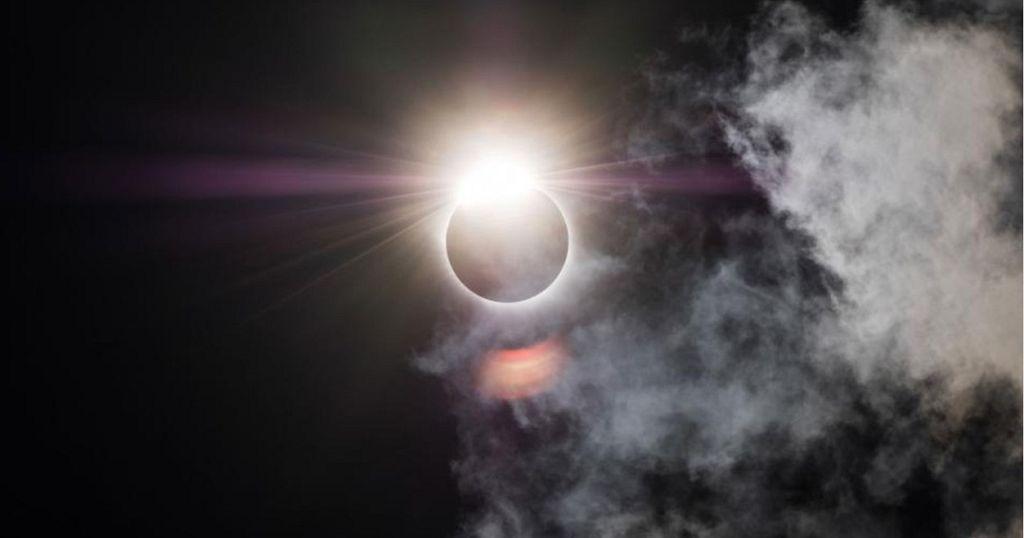Africa-Press – Eritrea. April’s total solar eclipse promises to be a scientific bonanza, thanks to new spacecraft and telescopes — and cosmic chance.
The moon will be extra close to Earth, providing a long and intense period of darkness, and the sun should be more active with the potential for dramatic bursts of plasma.
Then there’s totality’s densely populated corridor stretching from Mexico to the U.S. to Canada.
It’s an opportunity for scientists to carry out experiments to better understand our planet.
Portland Community College physics professor Toby Dittrich plans to perform a modern version of the Eddington experiment during the eclipse.
The original experiment was first done during the 1919 total solar eclipse by a team of scientists off the coast of Africa that tested Albert Einstein’s theory of relativity.
says Dittrich.
During the darkness of totality, it’s possible to photograph the stars around the sun. The experiment has been repeated many times since 1919.
Scientists got a taste of what’s to come during the 2017 total solar eclipse that stretched from Oregon to South Carolina.
This time, the moon is closer to Earth, resulting in more minutes of darkness and a wider path.
Dittrich says.
April’s eclipse will begin in the Pacific and make landfall at Mazatlan, Mexico, heading up through Texas and 14 other U.S. states before crossing into Canada and exiting into the Atlantic at Newfoundland. Those outside the 115-mile-wide (185-kilometer-wide) path, will get a partial eclipse.
For More News And Analysis About Eritrea Follow Africa-Press







